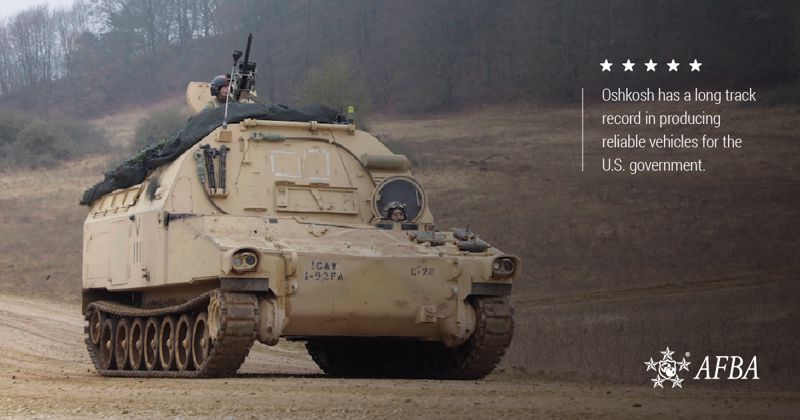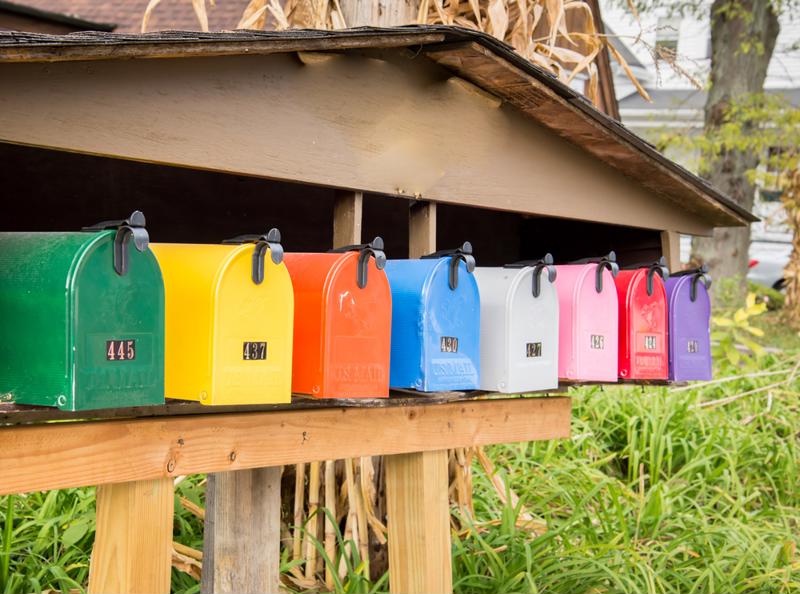The United States Postal Service counts on economical, long-lasting and easily repairable vehicles as a major part of its mission to deliver mail to all Americans. In fact, the most common mail truck used by the USPS is called the Long Life Vehicle (LLV). Produced by Grumman, a company with plenty of government contracting experience, the LLV was designed specifically with these qualities in mind.
With LLVs starting to reach an advanced age, even when accounting for their durable design, the USPS requested proposals for a new general-use mail delivery vehicle from potential providers. And, just as an experienced contractor earned the rights to produce the LLV, the new generation of USPS mail trucks will be produced by another company with plenty of history in this field.
Oshkosh to produce new USPS vehicle
Oshkosh Corporation, based in the city of the same name in eastern Wisconsin, recently won the bidding process to produce a new generation of USPS mail trucks. Car and Driver reported the relationship includes a $482 million investment to finalize the design of the new vehicle, ideally readying it for use by 2023. The mail truck, called the Next Generation Delivery Vehicle (NGDV), will represent significant steps forward in terms of design, function, safety and more.
The newest LLVs were produced in 1994, but were intended to have a 24-year useful life. The oldest vehicles still in service were made in 1987, representing 34 years of service. The replacements may come as a welcome change to mail carriers who use the LLV. A lack of air conditioning, an unreliable heater, mixed performance in severe weather and, most seriously, the fire risk, as reported by CNet, are all problems for postal employees. The new design will address these longstanding issues as well as add some important benefits, according to The Verge:
- A collision avoidance system.
- Improved ergonomics.
- Better lines of sight for the driver.
- Accommodation of both electric and gas engines, with the capability to easily convert combustion units to electric in the future.
An innovative design from a proven contractor

Oshkosh has a long track record in producing reliable vehicles for the U.S. government. The company's history stretches back to the early 20th century, and it began producing trucks under contract for the U.S. military in World War II, according to Forbes contributor Jim Vinoski. During the 1970s, it secured the rights to produce the M911 for the U.S. Army's tank transporter program and entered into a longstanding contracting relationship with the federal government.
Oshkosh is well known for producing a successor to the Humvee military vehicle, the Joint Light Tactical Vehicle (JLTV). The JLTV is an example of Oshkosh's ability to improve on significant flaws in vehicle design. In the case of the JLTV, the issues addressed were the vulnerability to improvised explosive devices faced by the stock Humvee, and a desire for more vehicle carrying capacity than Humvees with enhanced armor. Oshkosh has already produced 10,000 of these vehicles, and they have generally been received as reliable and effective by the servicemembers who use them.
While the risks facing postal workers and military servicemembers are vastly different, Oshkosh has proven its ability to identify limitations and defects in prior designs of equipment, then improve upon them.
Plenty of work remains to be done on the contractor's part, including opening a production plan and finalizing the design of the vehicle itself. But, if past performance is any indication, the new NGDV may well prove to be a significant improvement over the current LLV.


